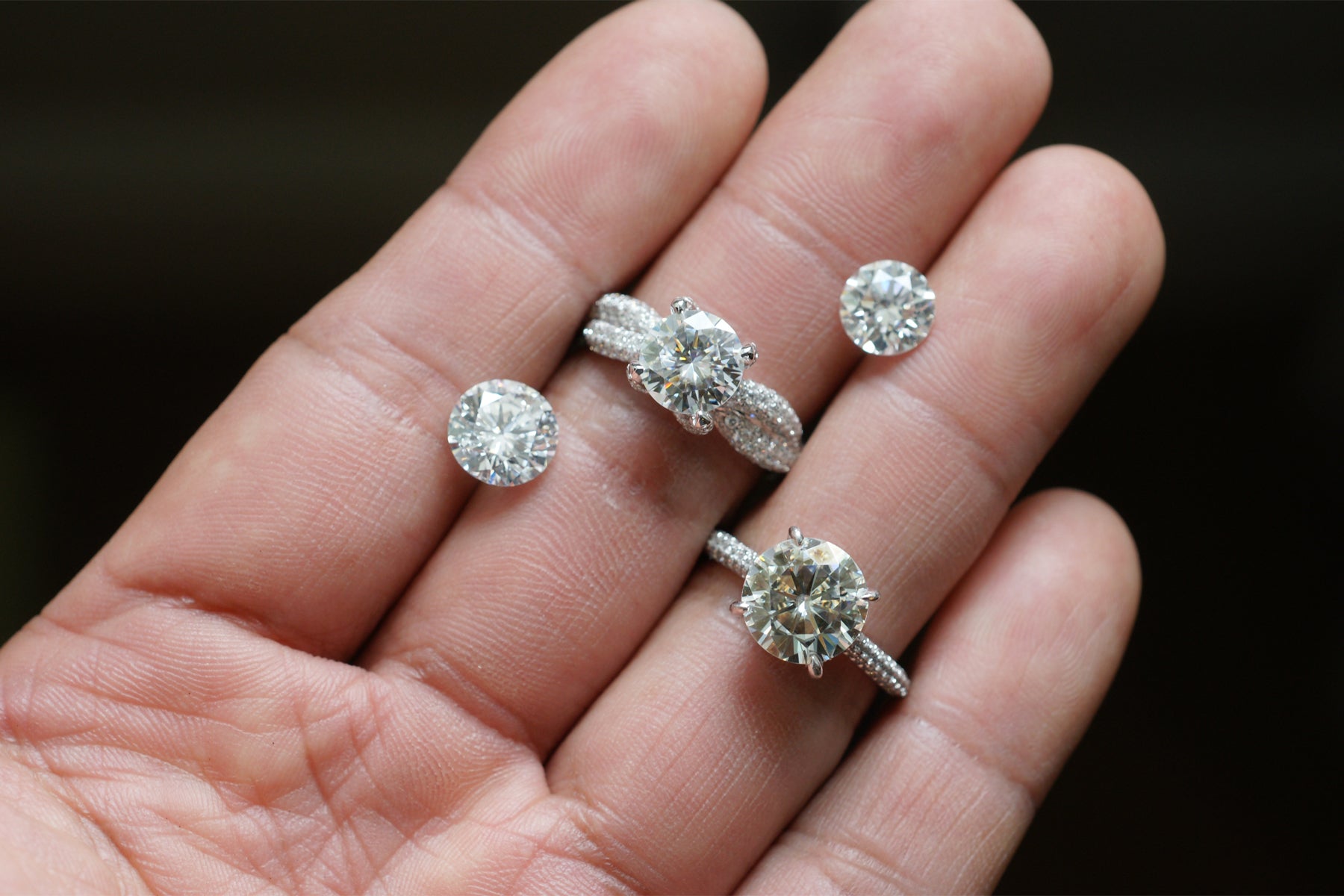Are Pink Diamonds a Good Investment? Lab-Made Diamonds
When it comes to investing in precious gemstones, pink diamonds have long been at the top of the list for many collectors and investors. As demand for rare and unique diamonds continues to grow, questions about the profitability of these valuable stones arise. One common question that emerges is: are pink diamonds a good investment? And with the rise of lab-made diamonds, this question becomes even more relevant. In this article, we will delve into whether pink diamonds make a good investment choice, and how lab-made diamonds are reshaping the diamond market.
The Value of Pink Diamonds
Pink diamonds are among the rarest and most coveted diamonds in the world. They are known for their breathtaking beauty, which is characterized by their distinct pink hue. But beyond their aesthetic appeal, pink diamonds are considered a good investment due to their rarity and historical price growth. Historically, pink diamonds have seen a steady increase in value, and their rarity has made them a top choice for both jewelers and investors alike.
While their prices may fluctuate due to economic factors, their overall trajectory has been upward. A notable point is that pink diamonds tend to appreciate faster than other diamond colors, making them an attractive investment option. Furthermore, the limited supply of these diamonds, particularly those from famous mines like the Argyle Mine in Australia, which recently closed, adds to their exclusivity and investment potential.
The Rarity of Pink Diamonds
One of the primary reasons pink diamonds are considered a good investment is their extreme rarity. Only a small percentage of diamonds ever mined are pink, and even fewer are of investment-grade quality. As a result, they hold their value much better than traditional white diamonds. The closure of the Argyle Mine in 2020 further exacerbates the scarcity of high-quality pink diamonds, pushing their value up. For investors looking for a gemstone that will continue to appreciate over time, pink diamonds provide a rare opportunity.
When looking at pink diamonds as an investment, it’s important to consider factors such as color intensity, size, and quality. The more intense the pink color, the higher the value. Larger diamonds with vivid hues can fetch millions of dollars at auction. For investors, understanding the nuances of pink diamond grading is essential to making an informed purchase.
The Impact of Lab-Made Diamonds
The rise of lab-made diamonds has introduced a new dynamic into the diamond investment market. Lab-made diamonds are real diamonds, but they are created in controlled laboratory environments rather than being mined from the earth. These diamonds have become increasingly popular due to their affordability and ethical considerations. However, lab-made diamonds present a different type of investment opportunity compared to natural diamonds like pink diamonds.
While lab-made diamonds are real diamonds, they are generally less valuable than their natural counterparts. The production of lab-made diamonds is scalable, which means there is no rarity factor to drive their value up. Therefore, lab made diamonds are not typically seen as a good investment for long-term financial gain when compared to rare natural diamonds. While they may hold their value and be an attractive option for consumers seeking a more affordable diamond, they lack the exclusivity that drives the investment potential of natural diamonds.
Lab-Made Diamonds and Market Trends
The growth of the lab-made diamond market has significantly impacted the diamond industry in recent years. As more consumers opt for ethical and cost-effective alternatives, lab-made diamonds have gained traction. However, this shift has not detracted from the value of natural pink diamonds. The luxury market continues to demand rare, one-of-a-kind diamonds, with pink diamonds standing out as a symbol of wealth and status.
Pink diamonds remain one of the few gemstones where their value increases over time, making them a desirable asset for investors looking for high-value returns. While lab-made diamonds can be purchased at a fraction of the price of natural diamonds, they are not likely to appreciate at the same rate or in the same way as their natural counterparts. As the market for lab-made diamonds grows, natural diamonds like pink diamonds continue to hold their place as a top-tier investment option.
Why Pink Diamonds Are a Better Investment Than Lab-Made Diamonds
The key difference between pink diamonds and lab-made diamonds when it comes to investment potential is scarcity. While lab-made diamonds are becoming more abundant, pink diamonds are only becoming rarer, especially with the closure of major mining sources. As a result, natural pink diamonds offer a level of exclusivity and value retention that lab-made diamonds simply cannot match.
Additionally, pink diamonds have a long track record of appreciation in value. For those looking for a gemstone that will not only retain its worth but grow over time, pink diamonds offer a level of financial security that lab-made diamonds cannot. The rarity, historical growth in price, and luxury appeal of pink diamonds make them a more promising investment for those seeking long-term returns.
Conclusion: Are Pink Diamonds a Good Investment?
In conclusion, pink diamonds are indeed a good investment for those looking to secure valuable assets with the potential for appreciation over time. Their rarity, beauty, and historical growth in value make them an attractive choice for serious investors. While lab-made diamonds offer an ethical and affordable alternative, they do not hold the same investment potential as natural pink diamonds. For those looking to diversify their investment portfolio with a unique and valuable asset, pink diamonds remain a top contender.
Ultimately, when deciding whether pink diamonds are a good investment, it’s essential to weigh their rarity, long-term value, and the growing demand in the market. If you’re looking to invest in a gemstone that will continue to appreciate, pink diamonds should be a serious consideration.

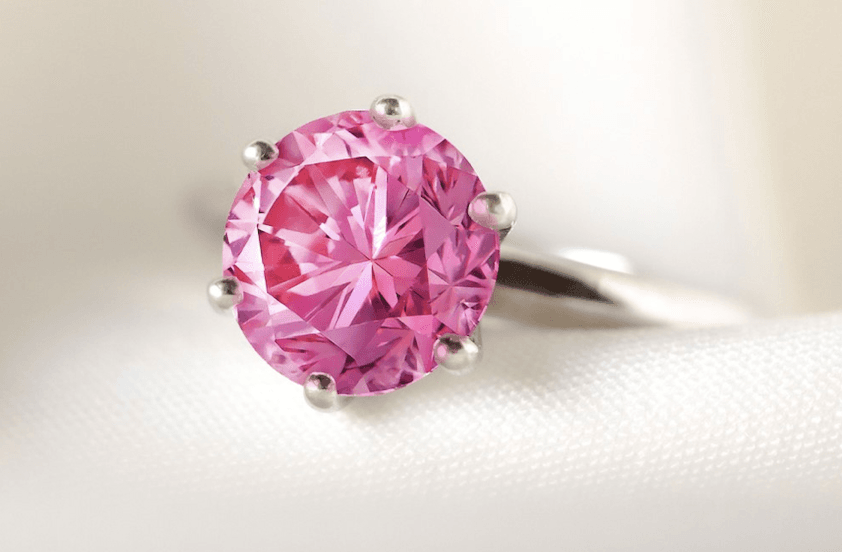

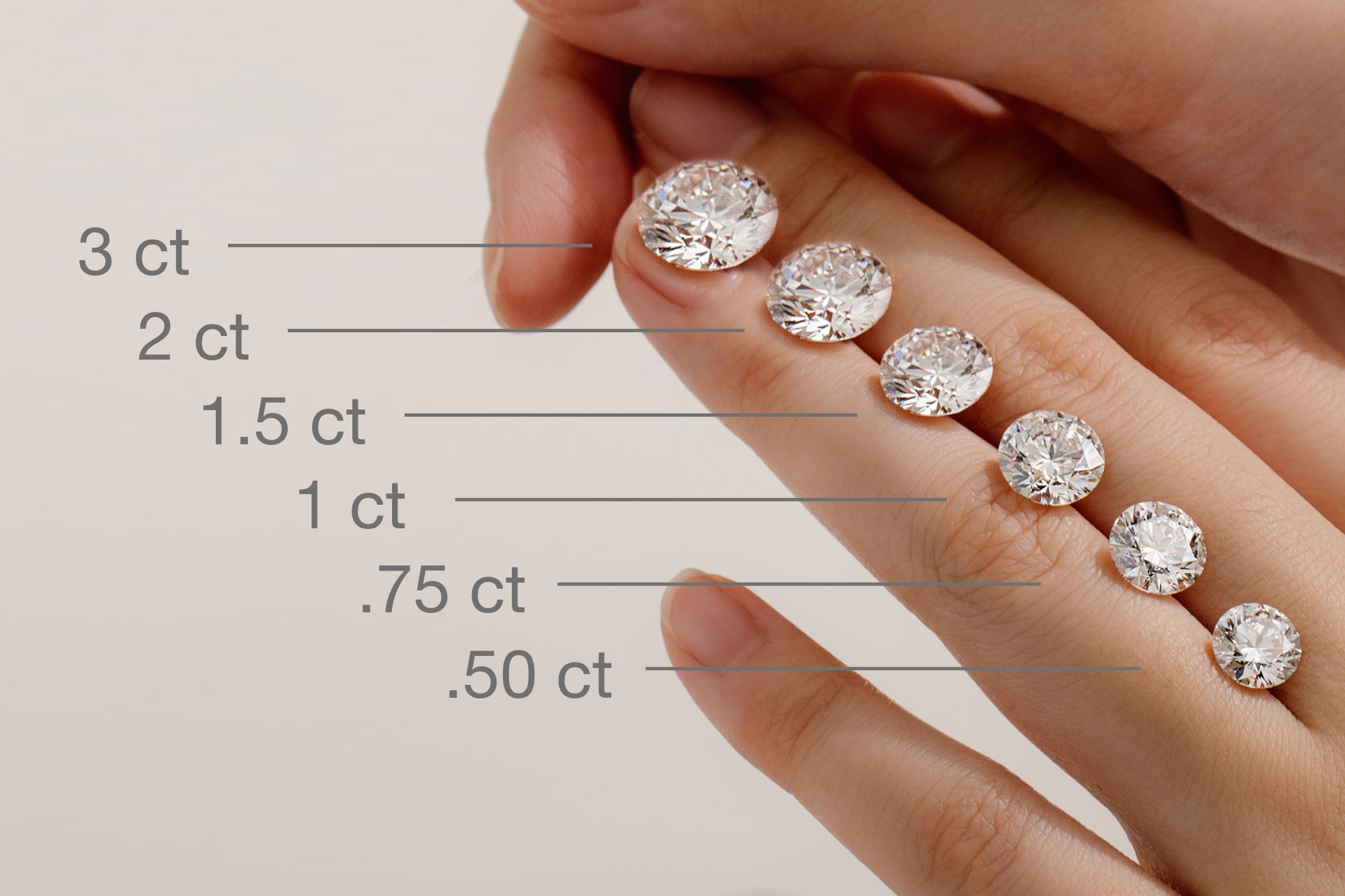


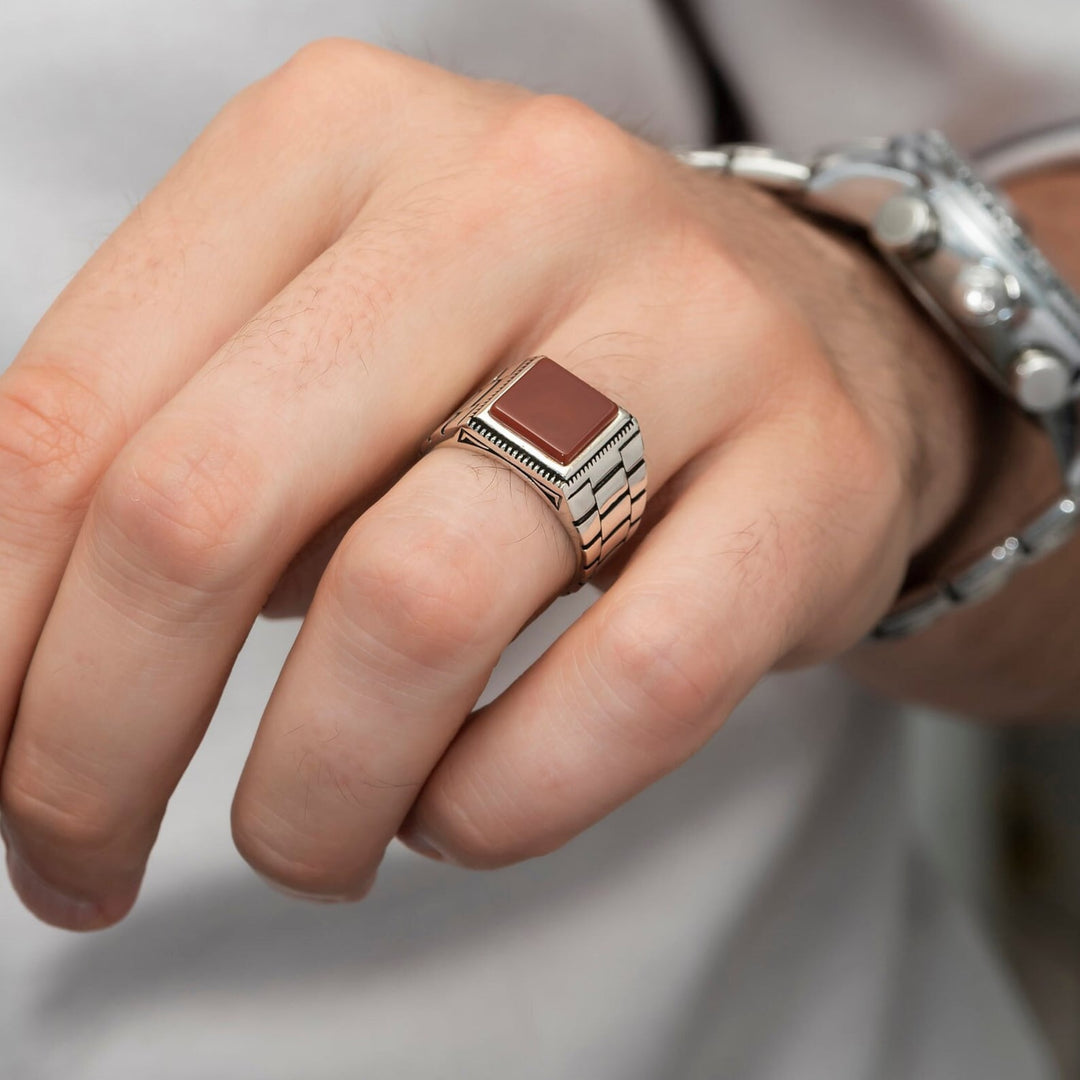
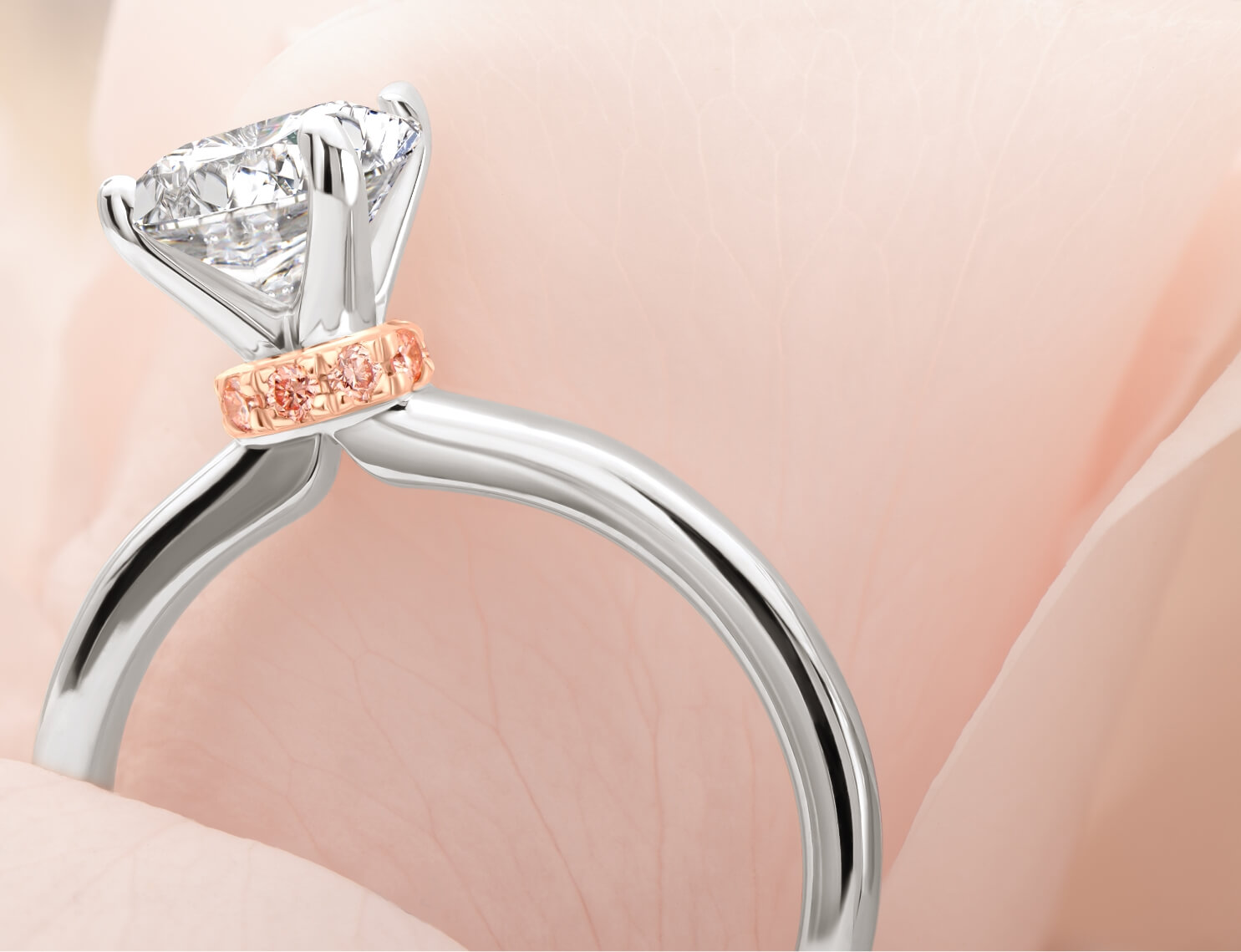

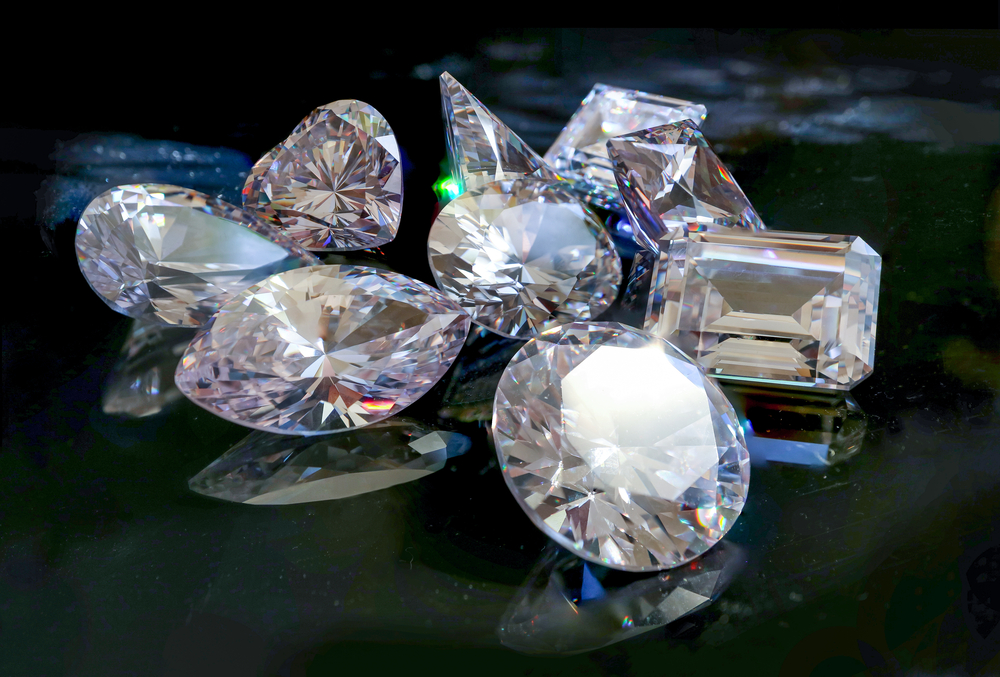


:max_bytes(150000):strip_icc()/labgrownlede-2b7540f7f7404558a08f1a555862f3d3.jpg)

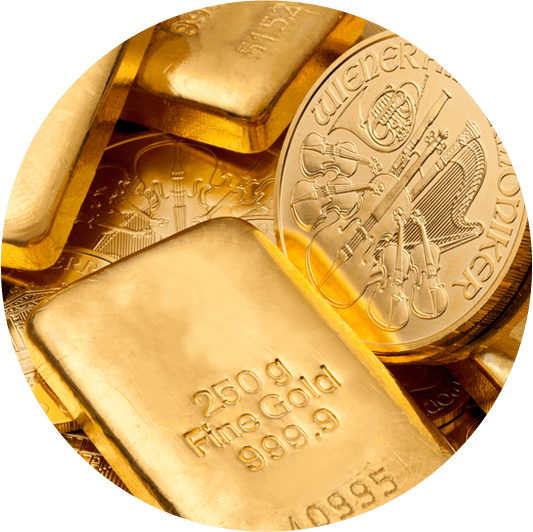
:max_bytes(150000):strip_icc()/lab-grown-diamond-engagement-rings-composite-2-0423-13b76c68392444f382764bee3be76d31.jpg)
